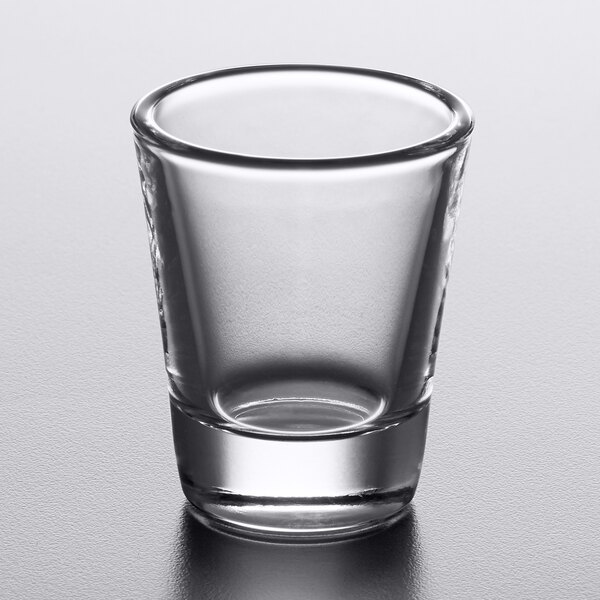

Sizes CountryĪ single shot is sometimes called a "nip". After Prohibition, these were replaced by shot glasses with a thick base and thick sides. Many of these glasses feature etched advertising on them. in the late 1800s to early 1900s, thin-sided mass-produced whiskey glasses were common. By the 1870s to 1890s as glass making technology improved, the rough pontiled bottoms largely disappeared from glasses and bottles. These glasses are also thick like today's shot glass but they will have rough pontiled bottoms from being hand blown into the mold. In the early to mid-1800s, glass blowers began to use molds and several different patterns of "whiskey tasters" in several different colors were being made in molds. Some of these glasses even have hand-applied handles and decorations hand crafted using a grinding wheel. They are thick, similar to today's shot glasses, but will show a pontil mark or scar on the bottom, or a cupped area on the bottom where the pontil mark was ground and polished off. Some of the earliest whiskey glasses in America from the late 1700s to early 1800s were called "whiskey tasters" or "whiskey tumblers" and were hand blown. Another theory is that shots were named after Friedrich Otto Schott, a man who started a glassworks factory that made shot glasses in America. One is that it was inspired by the Old West, where cowboys paid for their whiskey by trading for bullets.

There are two theories as to why a shot is called that way. The phrase shot glass has been in use since at least the 1940s. The word shot, meaning a drink of alcohol, has been used since at least the 17th century, while it is known to have referred specifically to a small drink of spirits in the U.S.


 0 kommentar(er)
0 kommentar(er)
